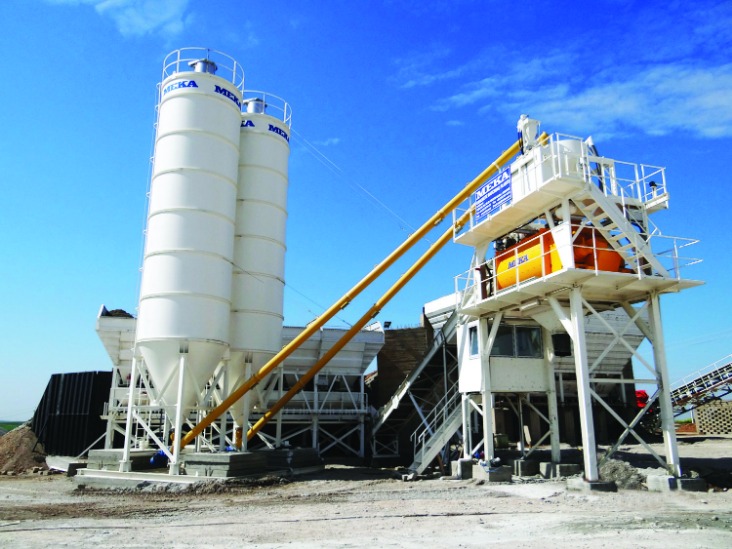When it comes to subsurface investigation, several state-of-the-art techniques ensure safe and efficient results. Among these techniques are Ground Penetrating Radar (GPR), Utility Locating, and Concrete Scanning. These technologies are pivotal for various sectors, including construction, civil engineering, and maintenance industries.
The Power of Ground Penetrating Radar (GPR)
Ground Penetrating Radar (GPR) is a versatile and non-invasive method used to detect objects, changes in material, voids, and cracks within the ground. Its key benefits include:
- High-resolution imaging
- Ability to survey both shallow and deep ground
- Identification of both metallic and non-metallic objects
- Providing real-time results
Applications of Ground Penetrating Radar (GPR)
This remarkable tool is frequently used for:
- Utility Locating – Identifying underground utilities like pipes, cables, and conduits.
- Concrete Scanning – Detecting rebar, post-tension cables, and voids within concrete structures.
- Rebar Locating – Ensuring the correct placement of reinforcements in concrete for structural integrity.
Utility Locating: Preventing Damage and Ensuring Safety
Utility Locating encompasses locating below-ground utilities to prevent damages during excavation and construction. Effective utility locating involves:
- Using high-frequency electromagnetic waves (GPR).
- Employing electromagnetic induction for metallic utility detection.
- Specialized radio-frequency devices for tracing specific utilities.
Concrete Scanning and Concrete X-ray: Pinpointing Internal Elements
Concrete Scanning and Concrete X-ray are essential for understanding the internal composition of concrete structures, enabling safe drilling, cutting, and coring. These techniques help in:
- Identifying embedded rebar and post-tension cables.
- Locating electrical and plumbing conduits.
- Ensuring adherence to construction and safety standards.
Read more about Ground Penetrating Radar here.
Rebar Locating and Electrical Locating: Enhancing Precision
Rebar Locating helps in ensuring that reinforcement bars within the concrete are correctly placed, thus maintaining the structural strength of buildings and infrastructure. In contrast, Electrical Locating is crucial for identifying electrical lines and systems accurately, preventing disruptions and hazards during construction or maintenance activities.
Frequently Asked Questions (FAQs)
Q1: What is the difference between Concrete Scanning and Concrete X-ray?
A1: Concrete Scanning uses GPR to detect objects within the concrete, providing real-time results. Concrete X-ray, on the other hand, utilizes radiographic methods for detailed imaging, often requiring more time and safety precautions.
Q2: How accurate is Ground Penetrating Radar (GPR) for utility locating?
A2: GPR is highly accurate, capable of identifying both metallic and non-metallic utilities. However, accuracy can be affected by soil conditions, depth, and the type of materials being scanned.
Q3: Why is rebar locating important in construction?
A3: Rebar locating ensures that the reinforcement bars within concrete structures are correctly positioned, which is critical for maintaining the structural integrity and safety of the construction.
These advanced techniques and tools have revolutionized the way subsurface investigations are conducted, providing reliable data and enhancing safety across various projects.

